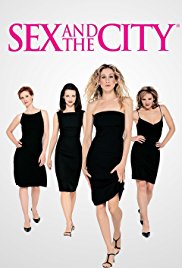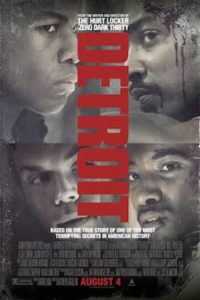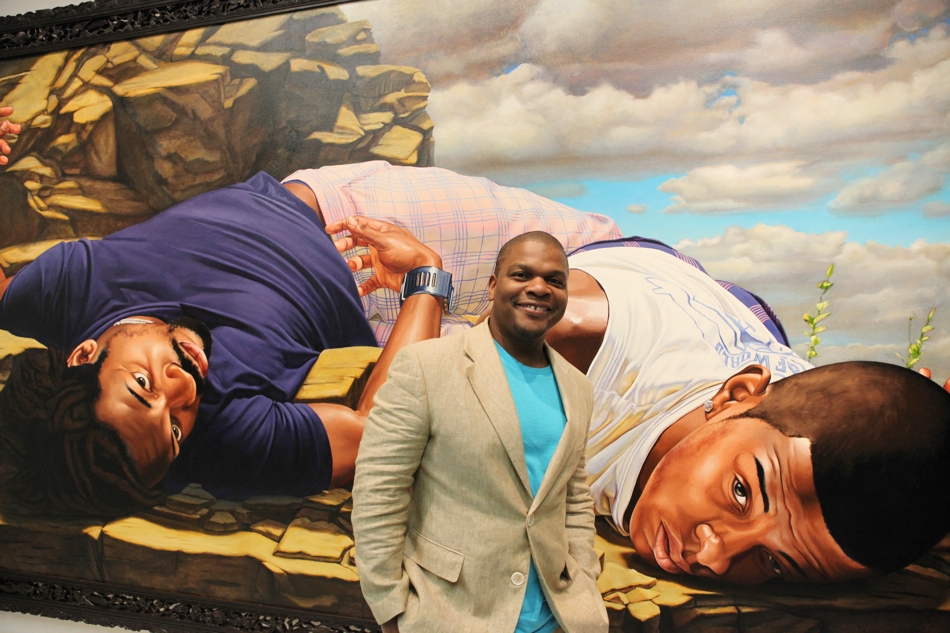How TV Diversity Has Evolved Recently
 I loved watching the TV show Sex and the City back in the day. I liked the first movie and I could have done without the second movie. The third SATC movie was about to go into production but was halted suddenly because Kim Cattrall, who played Samantha, didn’t want to be in the movie. Apparently, Cattrall has had a longstanding beef with Sarah Jessica Parker. However, the biggest takeaway from Cattrall’s reasoning for not doing the movie, for me at least, is that the storyline lacks relevance towards today’s sensibilities around diverse media images.
I loved watching the TV show Sex and the City back in the day. I liked the first movie and I could have done without the second movie. The third SATC movie was about to go into production but was halted suddenly because Kim Cattrall, who played Samantha, didn’t want to be in the movie. Apparently, Cattrall has had a longstanding beef with Sarah Jessica Parker. However, the biggest takeaway from Cattrall’s reasoning for not doing the movie, for me at least, is that the storyline lacks relevance towards today’s sensibilities around diverse media images.
“It’s a great part. I played it past the finish line and then some, and I loved it,” she said. “Another actress should play [Samantha] — maybe they could make it an African-American Samantha Jones or a Hispanic Samantha Jones.”
She makes an excellent point! While SATC was groundbreaking 20 years ago, the show seems really outdated today. When you get down to it, it is a show about four, privileged, heterosexual, white women who seem to only interact with other privileged white people in New York, the most racially diverse city on the planet. Many TV commentators complained about the lack of diversity on the show at the time. In later seasons, Blair Underwood joined the show as a brief love interest for Miranda and Samantha also had a short affair with a Latina lesbian, but, again, this was only after complaints from viewers.
Even the revamped Will and Grace is outdated. This was another groundbreaking show in 1998, but, again, it is a show about four, privileged white people in New York City and their only main “diversity interaction” was with the maid Rosario.
Today, TV viewers expect programs to reflect the current trends and perspectives in America, which includes diverse depictions of characters and relationships. There is a reason why shows like Insecure and Claws are so popular. It is not only expected that programs have more characters of color on TV today but also positive depictions of interracial and same-sex relationships. However, the one perspective that is really lacking today on TV is a balanced view of class diversity. Do you ever notice most sitcoms and dramas today seem to featured upper-middle-class characters? Roseanne was a great show back in the day because it showed the working class Connors struggling to pay bills just like many other American families.
This also made me think about other shows that were groundbreaking when they first aired, but there would be a question if a show like that would be aired today due to changing sensibilities. Here are a few that came to my mind.
Benson – RIP Robert Guillaume! This was a really cool show. I loved Benson, but I couldn’t see a show on TV today that would feature a black main character in a subservient role. However, Guillaume did play the role really well and you almost forgot that Benson was a butler!
Soap – Benson was also on this show and was the smartest person among all the crazy white people he was surrounded by. This show wouldn’t be on today mainly because of Billy Crystal’s character, whom by today’s standards, promoted negative stereotypes about gay men and trans women.
Life Goes On – There are not many shows on TV today that even featured characters with disabilities, let alone the main character. I thoroughly enjoyed watching Corky every Sunday night and learning about his challenges with Downs Syndrome. It would be difficult to have a show like this on TV today without some serious thought and sensitivity around how to present characters with disabilities in a balanced manner.
All in the Family – I don’t even think I need to explain why this show couldn’t be on TV today.
Good Times – No, a show about black folks living in the projects wouldn’t be greenlighted today.
Seinfeld – A show about four white people in New York mostly interacting with only other white people in New York.
Friends – A show about six white people in New York mostly interacting with only other white people in New York. And how were Rachel and Monica able to afford to live in a Greenwich Village apartment on a cafe barista salary?
In Living Color – I was watching reruns the other day of this show on Aspire and realized immediately that almost all of the skits made fun of every possible demographic – homeless people (Anton Jackson), gay men (Men on Film) and even clowns (Homey the Clown). This show wouldn’t pass muster today.
A Different World – It’s interesting that I include this show. This show would definitely be on TV today, but I think some sensibilities would change. I was watching a rerun of an episode where Sinbad’s character was making fun of Cree Summer’s character’s natural hair. I remember her natural hair being a running gag on the show. Today, you can’t make fun of natural hair unless you want the whole natural community coming for you.
I am sure there are other shows I don’t remember right now, but you get my point. Maybe 20 years from now, we might be having the same conversation about today’s shows!


